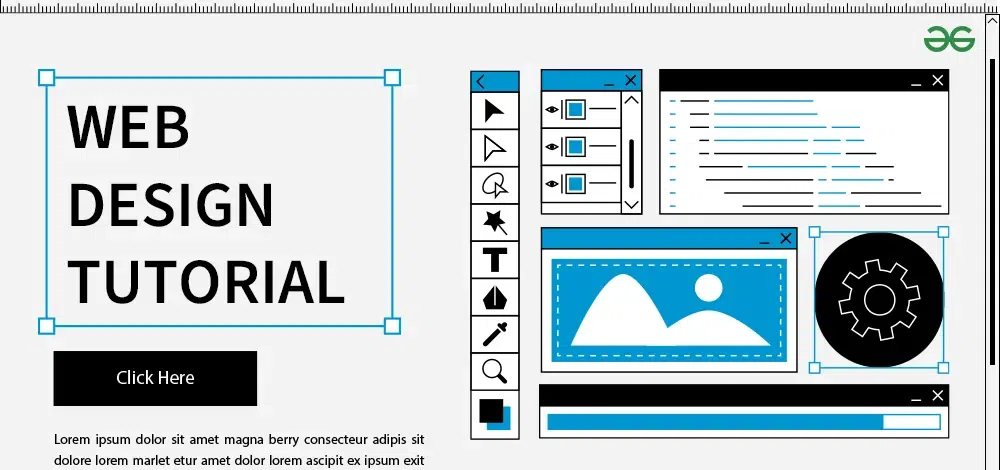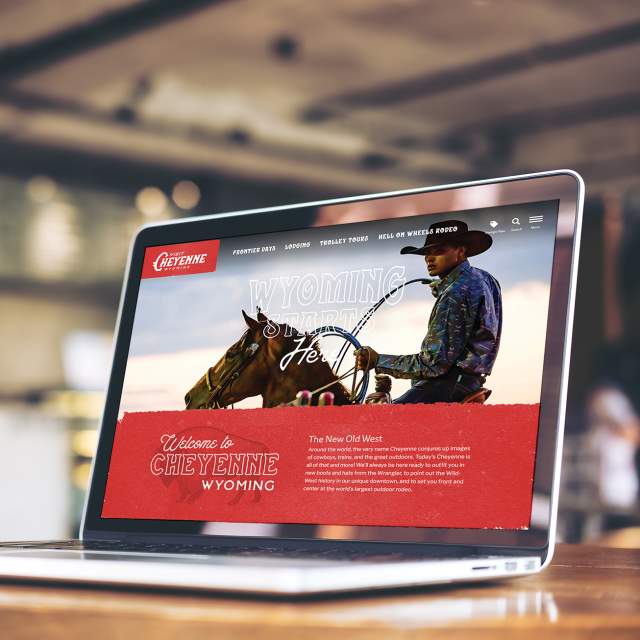Key Elements That Make a Successful Website Design Stand Out
Wiki Article
Maximize Interaction: Proven Techniques for Superior Website Layout
In a progressively electronic landscape, the significance of a user-centric method to web site style can not be overemphasized. Comprehending just how reliable navigation, visual hierarchy, and material optimization merge to improve customer involvement is important for any type of company looking for to make a significant influence. As we explore different tried and tested techniques that add to outstanding web site style, the interplay between these elements discloses not only best practices but additionally innovative techniques that can raise customer experience. What may amaze you is how easy adjustments can cause impressive makeovers in engagement metrics.Significance of User-Centric Layout
User-centric style is crucial in creating effective web sites, as it prioritizes the needs and choices of the end individual from the very start of the layout process (website design). This approach makes sure that the site is customized to offer an optimal experience for customers, promoting engagement and complete satisfaction. By understanding individual actions, goals, and discomfort factors, designers can produce interfaces that reverberate with their target market and cultivate a sense of linkExecuting user-centric layout involves comprehensive study, including individual personas and journey mapping, which aid in recognizing the details demands of various customer sectors. This data-driven approach enables notified decisions pertaining to content, format, and functionality, eventually causing the creation of an extra enticing and instinctive web experience.
In an affordable digital landscape, prioritizing user-centric layout is not merely beneficial; it is vital for driving engagement, reducing bounce prices, and promoting user commitment. Efficient sites are those that resonate with customers, making user-centric style an essential concept for effective internet growth.
Efficient Navigating Strategies
A well-structured navigation system is a keystone of efficient internet site style, building directly on the concepts of user-centric design. Reliable navigation permits individuals to find information swiftly and intuitively, boosting their overall experience and motivating longer sees.To accomplish this, think about carrying out a clear pecking order in your navigating menu. Primary groups need to be instantly noticeable, while subcategories can be revealed with dropdowns or expanding food selections. This company helps individuals prepare for where they might discover appropriate content, lowering frustration.

Consistency is crucial; make use of familiar terminology and layout elements throughout the site to prevent confusion. Breadcrumb tracks can additionally be advantageous, providing individuals with contextual understanding of their place within the website and enabling easy backtracking.
Lastly, guarantee that your navigation is receptive and mobile-friendly. As more users gain access to web sites by means of mobile phones, adapting your navigation for smaller screens is vital for preserving functionality and ease of access. By focusing on these methods, you can produce a seamless navigation experience that maintains customers involved.
Visual Hierarchy and Layout
Establishing a clear visual hierarchy is important for directing customers via an internet site's web content successfully. A well-structured design not only enhances customer experience but also affects exactly how visitors perceive and interact with information. By purposefully using size, contrast, spacing, and shade, designers can create focal points that draw attention to the most essential aspects, such as headlines, contacts us to action, or photos.Integrating a grid system can further improve visual hierarchy by giving a constant structure for material positioning. This organization allows customers to read here browse the site with ease, making it much easier to digest details (website design). In addition, using whitespace is vital; it creates breathing space around components, reducing cognitive overload and stressing key material

Material Optimization Methods
While producing visually attractive styles is essential, the effectiveness of a site eventually depends upon just how well its content is enhanced for both internet search engine and customer interaction. Material optimization involves a calculated method that improves exposure and significance, inevitably driving website traffic and retaining site visitors.First, keyword research study is essential. Determining pertinent keywords that straighten with customer intent enables the combination of these terms normally into headings, message, and meta descriptions. This not just helps in ranking greater on online search engine but also improves the clarity of material for individuals.

Moreover, maximizing for local SEO can boost engagement for region-specific target markets. Integrating local search phrases and developing content that addresses regional interests boosts importance.
Finally, regularly updating content ensures that it continues to be fresh and useful, interesting both internet search engine and returning individuals. By concentrating on these material optimization methods, companies can create a compelling on-line visibility that fosters communication and drives conversions.
Responsive and Mobile-First Approaches
Customer interaction and material presence are significantly influenced by the capability of an internet site to adapt flawlessly throughout numerous tools. With the rise of mobile surfing, employing responsive layout and mobile-first approaches has become crucial for reliable web development. Receptive layout ensures that a solitary site layout adjusts fluidly to different display dimensions, from desktops to smart devices, thereby supplying a regular individual experience.On the various other hand, a mobile-first approach focuses on the mobile user experience navigate here throughout the design process. By making for smaller displays initially, designers can focus on crucial functions and boost performance, ensuring that individuals are not bewildered by unneeded material. This strategy also improves packing times, which is critical for preserving site visitors.
Both methods add to greater interaction rates, as individuals are most likely to communicate with a website that is easy to use and aesthetically enticing. Search engines favor mobile-optimized sites in positions, consequently improving visibility. In summary, embracing mobile-first and responsive design strategies is important for maximizing user involvement and making sure that material stays available and reliable throughout all gadgets.
Verdict
Efficient navigation methods, a distinct aesthetic hierarchy, and optimization of content considerably improve individual experience. Collectively, these methods not only assist in info access however additionally foster much deeper individual communication, eventually contributing to higher interaction rates and general website success.As we check out different tested techniques that contribute to exceptional site design, the interplay between these aspects exposes not just finest techniques yet additionally ingenious strategies that can boost individual experience.User-centric style is crucial in producing effective websites, as it focuses on the requirements and choices of the end individual from the very beginning of the style process. Reliable internet sites are those that reverberate with users, making user-centric layout a basic principle for effective web development.
Responsive layout makes certain that a single website design adjusts fluidly to various screen dimensions, from desktops to smartphones, consequently offering a regular individual experience.
In recap, embracing mobile-first and responsive layout methods is essential for optimizing user interaction and guaranteeing that web content remains easily accessible and effective throughout all devices.
Report this wiki page